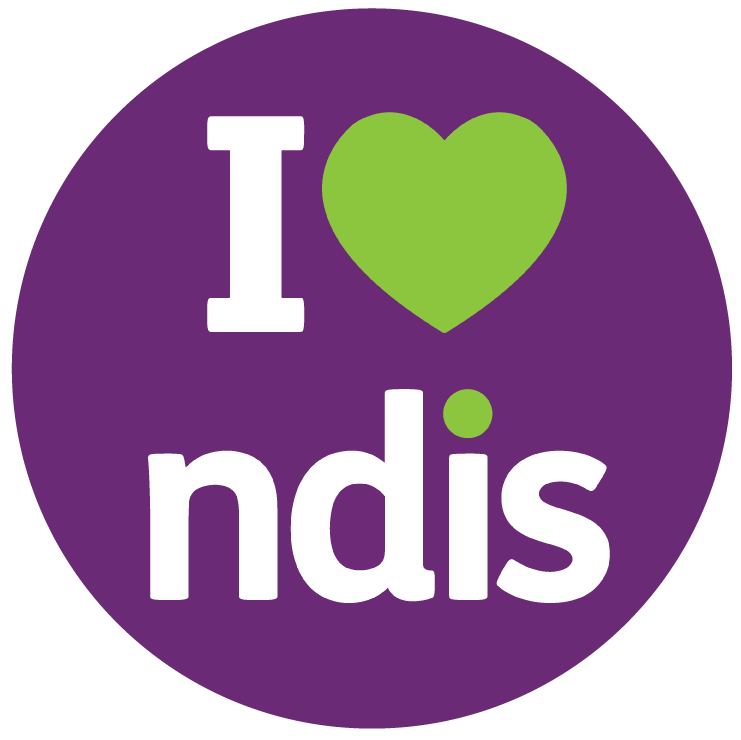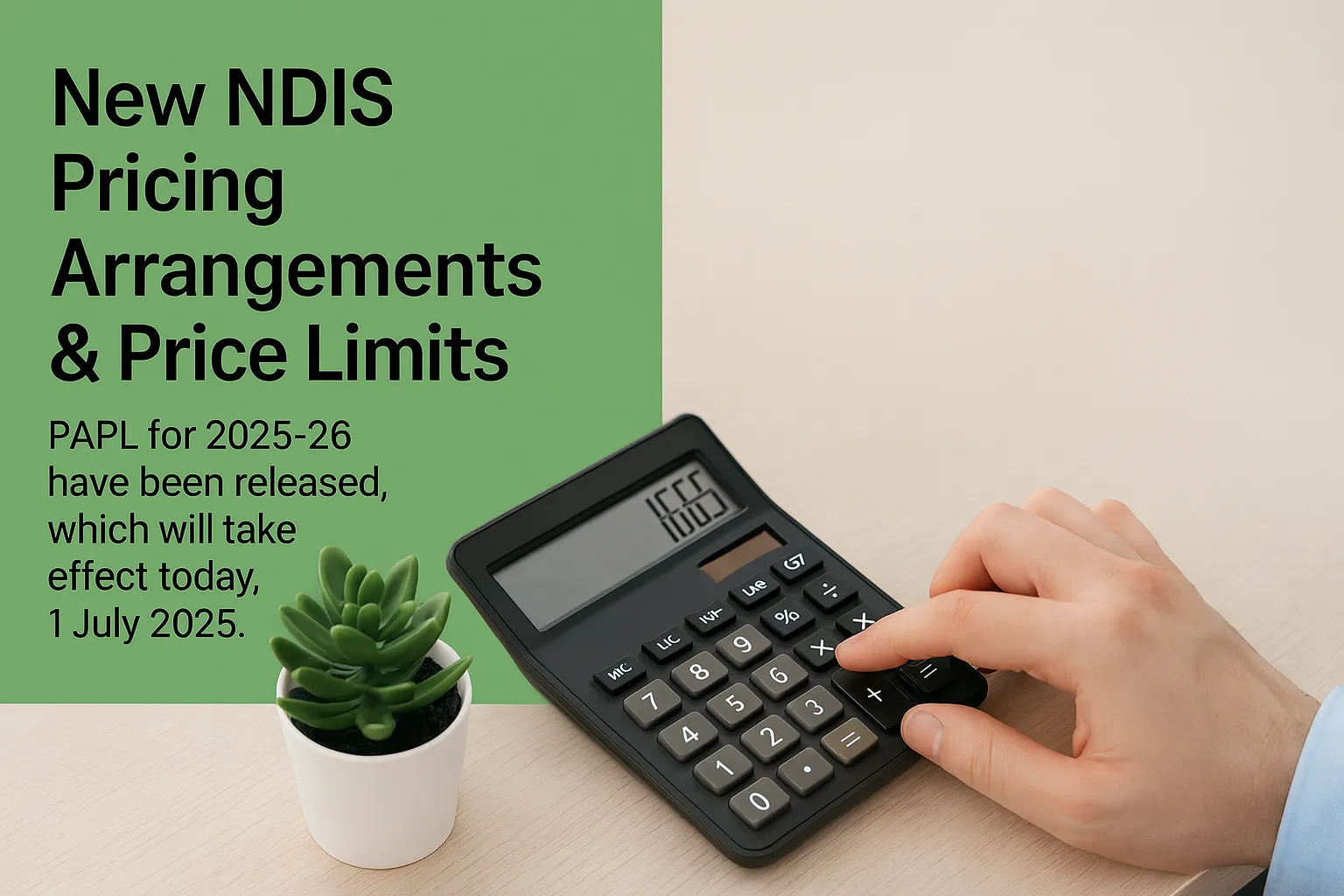The NDIS Pricing Arrangements and Price Limits (PAPL) for 2025–26 came into effect on 1 July 2025. Updated each year by the National Disability Insurance Agency (NDIA), PAPL sets out how much providers can charge for support under the scheme【NDIA, 2025a】.
For participants and families, understanding these updates is crucial. They help you know the true cost of services, avoid overspending, and make informed choices about the support you receive.
What Is PAPL?
The PAPL, previously called the Price Guide, outlines the maximum prices providers can charge for support. These caps are not fixed rates — participants and providers can negotiate lower prices, but registered providers cannot go above the published limits【NDIA, 2025b】.
The PAPL works alongside the NDIS Support Catalogue, which lists every support item, its code, and its current price limit【NDIA, 2025c】. Together, they ensure fairness, consistency, and transparency across the scheme.
If you’re new to the system, it also helps to understand how NDIS funding works, since funding rules connect directly with pricing arrangements.
What Is the NDIS Support Catalogue?
The Support Catalogue is the official reference document providers use when lodging claims with the NDIA. It shows:
- All support items covered by the NDIS
- Price limits (current and previous)
- Claim types allowed, such as travel or non-face-to-face supports
For example, if you’re booking an occupational therapist, you can check the catalogue to see the maximum hourly charge before signing an agreement【NDIA, 2025c】.
This tool helps participants compare services, manage funds, and ensure they are not being charged above the allowed limit.
How Do PAPL Price Limits Work?
The PAPL applies to many areas, including:
- Therapies such as psychology, speech therapy, and physiotherapy
- Daily living supports like personal care and household assistance
- Travel charges for time spent reaching participants
- Non-face-to-face supports such as report writing or care planning
By setting these limits, the NDIA ensures participants get fair value while providers remain sustainable【NDIA, 2025b】.
Annual Pricing Review
Each year, the NDIA conducts an Annual Pricing Review that uses market data, workforce costs, and consultation with industry experts and participants【NDIA, 2025d】.
The review ensures that supports:
- Meet participant needs
- Stay affordable
- Reflect current market conditions
Major changes always begin on 1 July, though smaller updates can occur during the year【NDIA, 2025e】.
If this process feels overwhelming, a support coordinator can guide you through the updates.
Key Updates in the 2025–26 PAPL
2025–26 PAPL Pricing Arrangement introduced important changes, including:
- Adjusted therapy rates across allied health services
- An independent review of music and art therapy pricing compared with other therapies【NDIA, 2025e】
- Clearer rules around travel and non-face-to-face claims
- A refreshed Support Catalogue in DOCX, PDF, and XLSX formats【NDIA, 2025a】【NDIA, 2025c】
These updates make the system clearer and keep funding sustainable for participants and providers.
Self-Managed, Plan-Managed, and NDIA-Managed Participants
How the PAPL applies can vary depending on plan type:
- Self-managed: You can choose to pay above price limits, but only from your own budget.
- Plan-managed: Registered providers must follow the published limits.
- NDIA-managed: Services are strictly capped at the NDIA’s published limits【NDIA, 2025b】.
This flexibility offers choice, but it also means self-managed participants must be extra careful with their budgets.
Negotiating Prices Under PAPL
You are always free to negotiate lower prices. Many providers accept rates below the official caps, especially for ongoing services. However:
- Registered providers cannot charge more than the PAPL limits if you are plan-managed or NDIA-managed
- If you are self-managed, you can agree to pay more — but your funding will run out faster【NDIA, 2025b】
Frequently Asked Questions
- What is the NDIS Support Catalogue?
It’s the official list of supports, price limits, and claim types【NDIA, 2025c】. - Do PAPL price limits apply to everyone?
Yes, unless you are fully self-managed and choose to pay higher rates. - Can I negotiate lower prices?
Yes. Price caps are maximums, not fixed rates【NDIA, 2025b】. - When do new PAPL limits start?
On 1 July each year after the Annual Pricing Review【NDIA, 2025d】. - Why do PAPL limits change?
To reflect workforce costs, participant needs, and market conditions【NDIA, 2025e】.
Final Thoughts
NDIS Pricing Arrangements and Price Limits (PAPL) for 2025–26 came into effect on 1 July 2025. Updated each year by the National Disability Insurance Agency (NDIA), PAPL sets out how much providers can charge for support under the scheme.
At Axial Plan Management, we help participants stay on top of these changes and make the most of their funding. Learn more on our about page or reach out through the contact page today.


